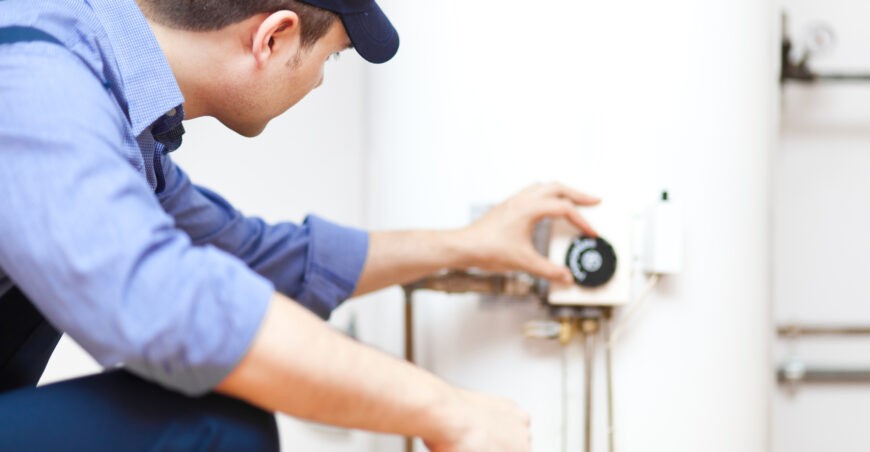A water heater plays a crucial role in most households, providing hot water for daily needs such as bathing, cooking, and cleaning. However, over time, the water heaters metal tank can corrode, leading to leaks, a decrease in efficiency, and ultimately the need for replacement. Fortunately, one simple way to extend the life of your water heater is by regularly replacing its anode rods.
Anode rods are typically made of magnesium or aluminum and are designed to corrode over time so that the tank doesn’t. The anode rod attracts corrosive elements in the water, such as minerals and sediments, which would otherwise attack the tank’s metal lining. As the rod corrodes, it becomes less effective at protecting the tank, and eventually, it needs to be replaced.
The lifespan of an anode rod can vary depending on the quality of your water, usage habits, and the type of rod you’re using. Typically, an anode rod will last between three and five years. However, it’s essential to have it checked regularly by a plumbing or heating service technician. If the rod is significantly corroded, it may need to be replaced sooner to ensure that the water heater tank is still being protected.
Replacing an anode rod is a relatively straightforward process that can be done by a professional or a DIYer. It involves draining the water heater, locating the anode rod, and then unscrewing and removing it from the tank. The new rod is then screwed into place, and the water heater is refilled.
Regular anode rod replacement can save you money in the long run by extending the life of your water heater and preventing costly repairs or replacements. It’s a small investment that can have a significant impact on your water heaters longevity and efficiency. So, next time you have a plumbing or heating service technician to your home, ask them to check out your water heater anode rods and replace them if necessary.

